The Story of the Weeping Camel
7.6 /10 1 Votes
Initial DVD release January 25, 2005 Country GermanyMongolia | 7.6/10 IMDb Genre Documentary, Drama, Family Duration | |||||||||||||||||||||||||||||||||
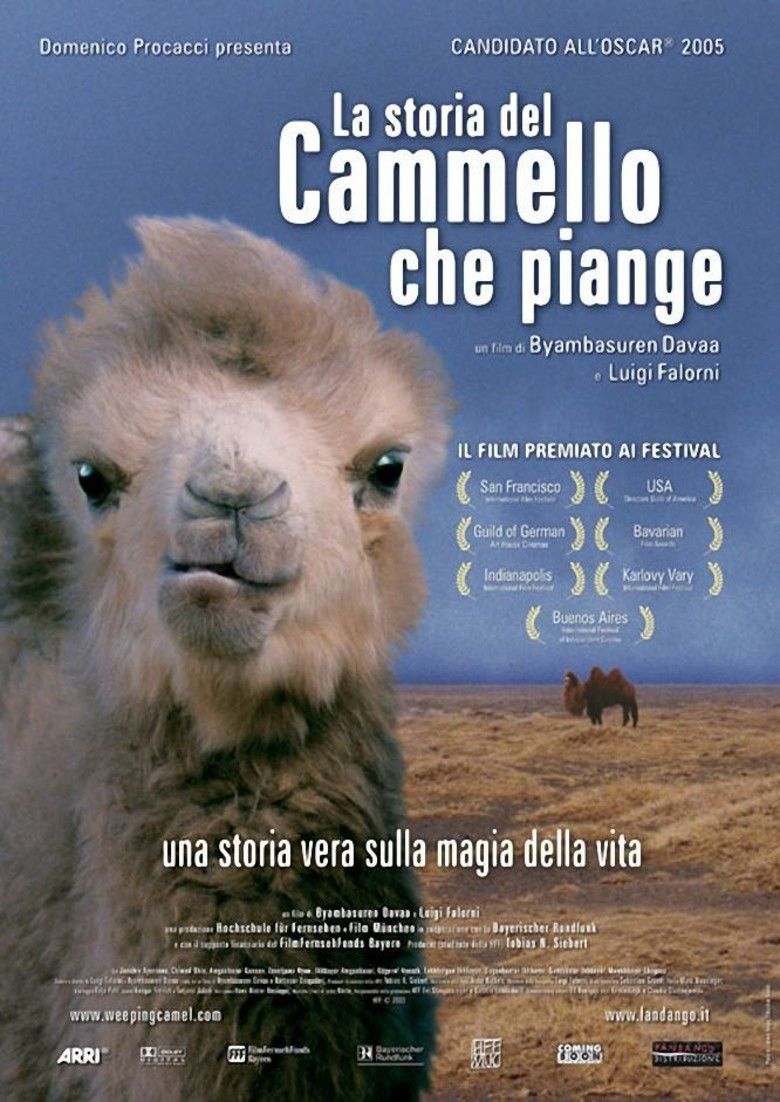 | ||||||||||||||||||||||||||||||||||
Director Byambasuren DavaaLuigi Falorni Cast Janchiv Ayurzana (Urgroßvater Janchiv), Chimed Ohin (Urgroßmutter Chimed), Amgaabazar Gonson (Großvater Amgaa), Zeveljamz Nyam (Großmutter Zevel), Ikhbayar Amgaabazar (Vater Ikchee), Odgerel Ayusch (Mutter Odgoo)Music director Choigiw Sangidorj, Marc Riedinger, Marcel Leniz Similar movies Straight Outta Compton , Boyhood , The Grey , The Cave of the Yellow Dog , The Bélier Family , Alvin and the Chipmunks | ||||||||||||||||||||||||||||||||||
The story of the weeping camel song
The Story of the Weeping Camel (Mongolian: Ингэн нулимс, Ingen nulims, "Tears of the Camel") is a 2003 German docudrama distributed by ThinkFilm. It was released internationally in 2004. The movie was directed and written by Byambasuren Davaa and Luigi Falorni. The plot is about a family of nomadic shepherds in the Gobi Desert trying to save the life of a rare white bactrian camel (Camelus bactrianus) calf after it was rejected by its mother.
Contents
- The story of the weeping camel song
- The story of the weeping camel
- Plot
- Reception
- Honours and awards
- References
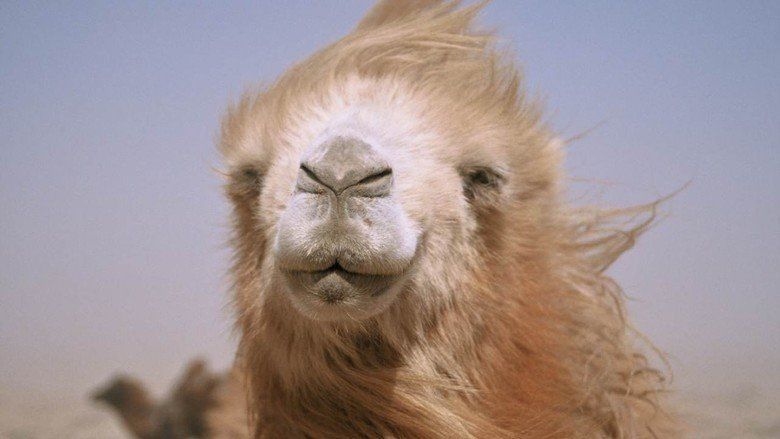
The story of the weeping camel
Plot
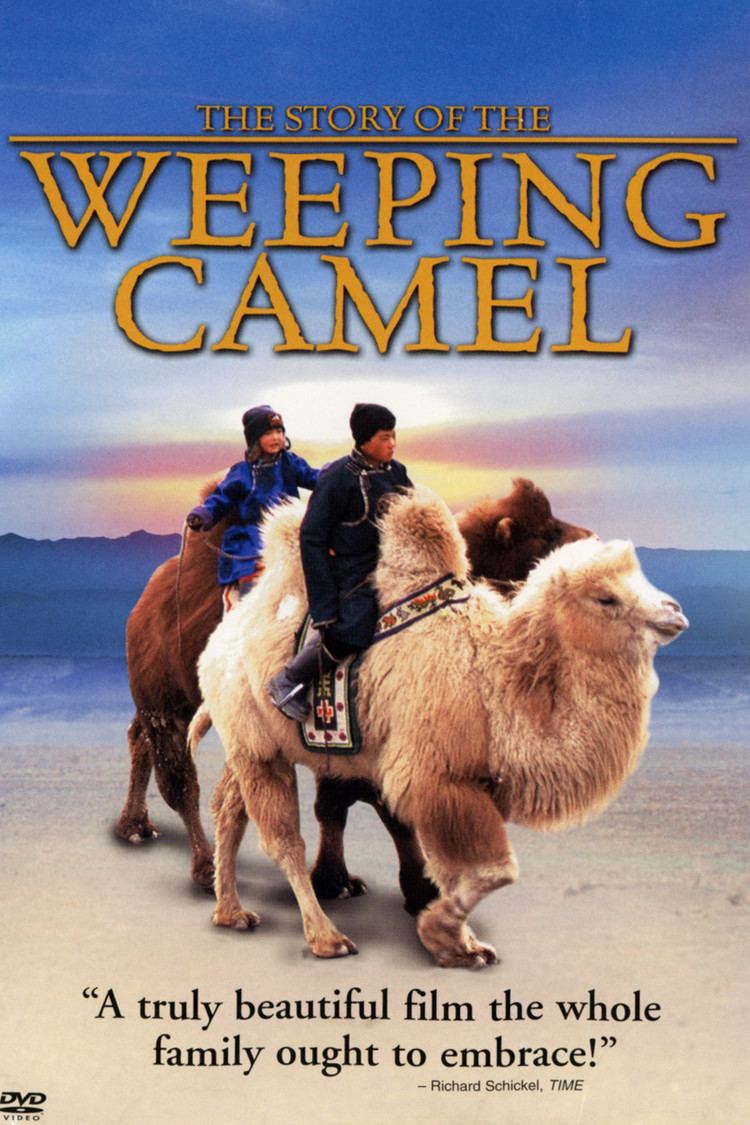
During Spring, a family of nomadic shepherds assists the births of their camel herd. The last camel to calve this season has a protracted labor that persists for two days. With the assistance and intervention of the family, a rare white calf is born. This is the mother camel's first calving. Despite the efforts of the shepherds, the mother rejects the newborn, refusing it her milk and failing to establish a care-bond with it.
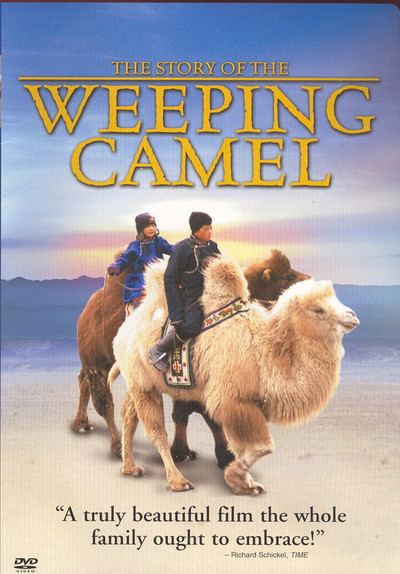
To restore harmony between the mother and calf, the nomadic family call upon the services of a group of lamas who perform a ritual with bread or dough 'effigies' (Standard Tibetan: torma) of the mother, the calf and the individual members of the family. The rite opens with the sound of a sacred conchshell horn followed by bells in the hands of lamas, some of whom wield vajra. The rite takes place with members of the extended nomadic community and a number of lama at a sacred place that consists of one end of a log, or wooden pole, set in the earth, with the other end raised to the sky: a stylized 'victory banner' (Sanskrit: Dhvaja) with a piece of blue fabric entwined around it, functioning as a prayer flag (darchor-style). The log is supported by a cairn of rocks at its base as foundation. The ritual, however, does not re-establish harmony between the mother and calf.
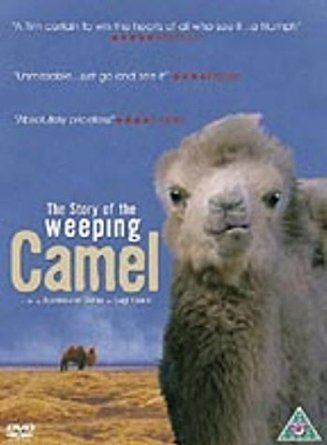
The family then resolve to secure the services of an indigenous 'violinist' to play the music for a Mongolian 'Hoos' ritual. They send their two young boys on a journey through the desert to the community marketplace to locate a musician. The 'violinist' —who plays more precisely a morin khuur — is summoned to the camp and a ritual of folk music and chanting is enacted. The musician first drapes the morin khuur on the first hump of the camel to establish a sympathetic magical linkage between the mother and the state of harmony represented by the instrument. Once this is done he removes the instrument and commences playing. As the musician sounds the Mongolian 'violin', the female family member who lulled her child to sleep with a lullaby earlier in the documentary, repeatedly intones the calming sounds and beautiful melody of the 'hoos'. At this point, the mother camel starts to weep, tears visibly streaming from her eyes. Immediately after the rite the mother and calf are reconciled and the calf draws milk from her teat.
Reception

The Story of the Weeping Camel received generally positive reviews; on Rotten Tomatoes, the film holds a 94% 'fresh' rating, with the consensus "Delightful and strangely moving"; on Metacritic, which uses an average of all critics' reviews, the film has an 81/100, indicating "universal acclaim".
Honours and awards
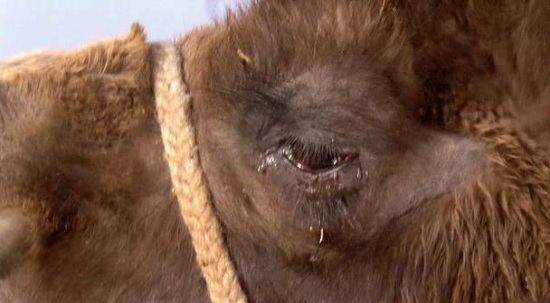
The documentary was nominated for an Oscar in the category Best Documentary at the 77th Academy Awards.
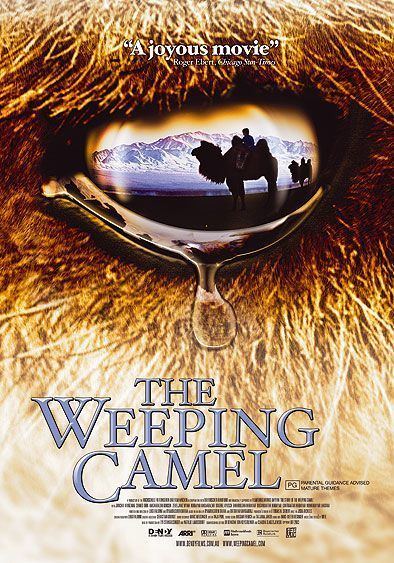
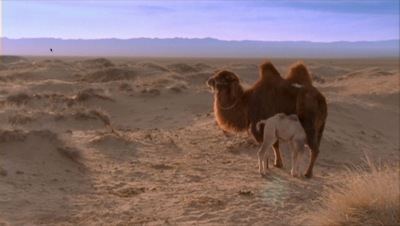
References
The Story of the Weeping Camel WikipediaThe Story of the Weeping Camel IMDb The Story of the Weeping Camel themoviedb.org
